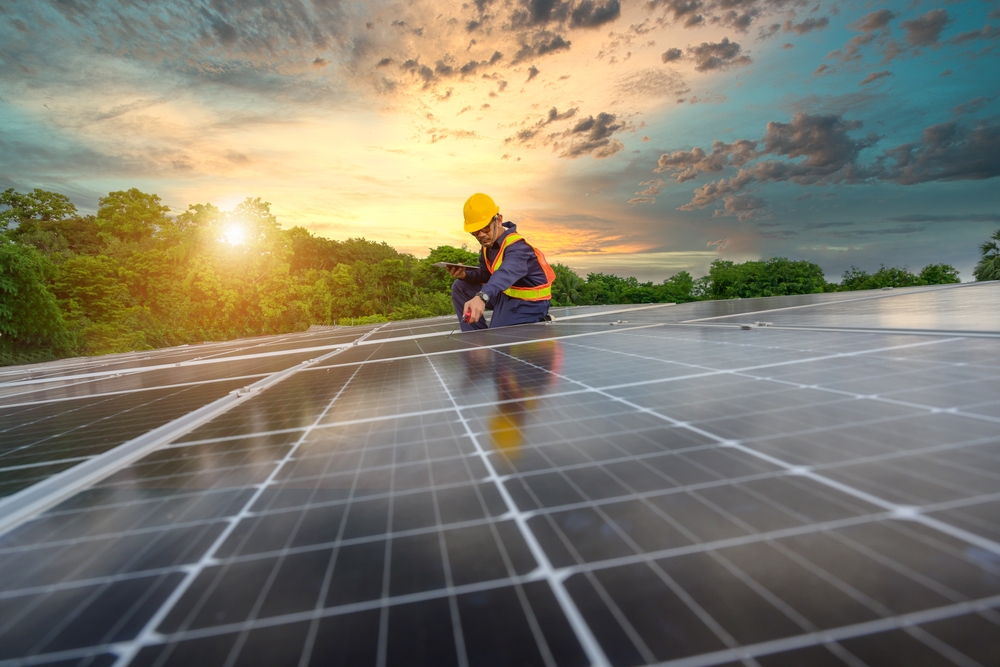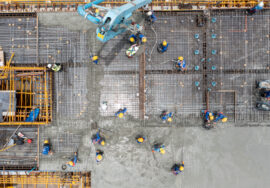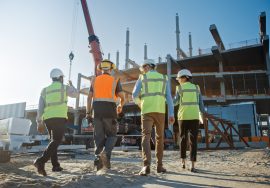
Climate-Responsive Design: Building for Sustainability and Comfort
Climate-Responsive Design: Building for Sustainability and Comfort
As the global climate continues to change, the construction industry must adapt by designing buildings that respond intelligently to their environment. Climate-responsive design is a sustainable architectural approach that considers local climate, geography, and resources to enhance comfort while reducing energy use.
By integrating climate-responsive design principles, architects can create spaces that are naturally efficient, comfortable, and aligned with environmental sustainability goals.
What Is Climate-Responsive Design?
Climate-responsive design focuses on creating buildings that adapt to the surrounding climate to maintain optimal thermal comfort and energy efficiency.
Instead of relying heavily on mechanical systems like air conditioning or heating, this design approach uses passive techniques such as natural ventilation, daylighting, and insulation.
In simple terms, climate-responsive design ensures that a building “works with” nature, not against it — resulting in energy-efficient construction and reduced carbon emissions.
Why Climate-Responsive Design Matters
Climate change and urbanization have led to rising energy demand, higher temperatures, and increased pollution. Climate-responsive design offers a sustainable solution by reducing dependence on artificial energy sources while enhancing human comfort.
Here’s why it matters:
-
Reduces Energy Consumption: Minimizes the need for artificial cooling and heating.
-
Enhances Indoor Comfort: Creates thermally balanced, well-ventilated spaces.
-
Promotes Sustainable Resource Use: Utilizes local materials and renewable energy.
-
Supports Green Building Certification: Aligns with LEED-certified construction and IGBC standards.
-
Mitigates Climate Impact: Contributes to carbon footprint reduction and resilience.
Adopting climate-responsive design ensures that buildings remain environmentally responsible while delivering long-term economic and health benefits.
Key Principles of Climate-Responsive Design
1. Site Orientation
The position of a building in relation to the sun and wind greatly impacts energy efficiency. Proper orientation can maximize daylight and natural ventilation, reducing the need for mechanical systems.
2. Building Envelope Optimization
Walls, roofs, and windows are designed to control heat gain and loss. High-performance materials and insulation enhance thermal comfort in climate-responsive design.
3. Passive Cooling and Heating
Features like overhangs, shading devices, thermal mass, and natural ventilation help maintain indoor temperature without excessive energy use.
4. Use of Local and Sustainable Materials
Locally sourced materials not only lower transportation emissions but also perform better under regional climate conditions, supporting sustainable resource use.
5. Integration of Renewable Energy
Combining climate-responsive design with solar panels or wind energy systems reduces operational carbon emissions and supports net-zero carbon building goals.
Climate-Responsive Design Strategies for Different Climates
Hot and Dry Climates
-
Use thick walls and small windows to reduce heat gain.
-
Incorporate courtyards and water bodies for natural cooling.
-
Apply light-colored surfaces to reflect heat.
Hot and Humid Climates
-
Promote cross-ventilation with large openings and elevated structures.
-
Use shading devices and sloped roofs for rain protection.
Cold Climates
-
Orient buildings to capture maximum sunlight.
-
Use high insulation and airtight construction to retain warmth.
Temperate Climates
-
Combine heating and cooling strategies seasonally for balance.
Climate-responsive design ensures adaptability, making each structure suitable for its environment and energy demands.

Benefits of Climate-Responsive Design
-
Energy Efficiency: Reduces reliance on mechanical systems.
-
Lower Carbon Emissions: Supports clean construction technology and sustainability.
-
Health and Comfort: Promotes natural light, airflow, and indoor wellness.
-
Cost-Effective: Decreases long-term operational and energy expenses.
-
Eco-Friendly: Encourages harmony between built and natural environments.
By implementing climate-responsive design, builders contribute to resilient and environmentally adaptive urban development.
Climate-Responsive Design in India
India’s diverse climatic zones make climate-responsive design crucial for sustainable development.
Government initiatives like the Energy Conservation Building Code (ECBC) and National Building Code (NBC) encourage designs suited to regional climates. The Indian Green Building Council (IGBC) also promotes green building certification based on local environmental performance.
Architects across India are combining traditional design wisdom—like courtyards, verandas, and jaalis—with modern technologies to create energy-smart, climate-adaptive buildings.
How to Implement Climate-Responsive Design
-
Analyze Site and Climate Data: Study temperature, wind, and solar patterns.
-
Design for Orientation: Optimize building placement for natural light and ventilation.
-
Use Passive Design Techniques: Integrate shading, insulation, and thermal mass.
-
Adopt Renewable Energy Solutions: Combine with solar or wind systems.
-
Evaluate with Simulation Tools: Use software to test and optimize performance.
These steps ensure successful integration of climate-responsive design for sustainable, future-ready buildings.
Partner with AMS India for Sustainable Design Solutions
At AMS India, we specialize in climate-responsive design and sustainable architecture that align with India’s diverse environmental conditions.
Our experts combine innovation with eco-friendly construction practices to help clients achieve energy-efficient, low-carbon, and climate-adaptive projects.
Partner with AMS India to make your next building project sustainable, efficient, and environmentally responsible.
Conclusion: Designing with Nature, Building for the Future
Climate-responsive design bridges the gap between architecture and nature. By understanding the local environment and designing accordingly, we can create spaces that are energy-efficient, comfortable, and resilient to climate change.
As sustainability becomes a global necessity, climate-responsive design stands at the heart of a greener and more adaptable built environment.
Read more related articles to enhance your knowledge and make informed decisions
Cost-Effective Modular Construction: Fast, and Sustainable Building Solutions
Smart Modular Buildings: Innovative, Efficient, and Sustainable Construction








